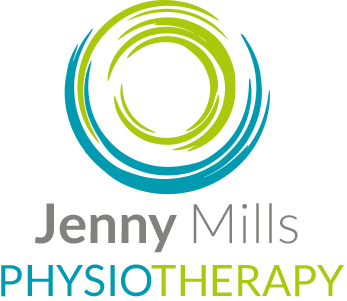Sporting injuries
Prompt treatment can minimise the time away from sport. Overuse injuries may need analysis of biomechanics as this could be a source of the problem. For example foot mechanics could result in Achilles tendinitis or the way you hold your racket could determine the cause of elbow or shoulder pain.
Prompt treatment is crucial to minimize the time away from sports when dealing with injuries. Here are some general strategies that athletes can consider:
Early Assessment:
Seek professional medical evaluation as soon as possible after an injury. This may involve a sports medicine physician, orthopedic doctor, or physical therapist.
R.I.C.E. Method:
Rest: Give the injured area adequate rest to prevent further damage.
Ice: Apply ice to reduce swelling and alleviate pain.
Compression: Use compression bandages to control swelling.
Elevation: Elevate the injured area to minimize swelling, especially in the initial stages.
Follow Professional Advice:
Adhere to the recommended treatment plan provided by healthcare professionals.
Use any prescribed medications, such as anti-inflammatories, as directed.
Physiotherapy:
Engage in physiotherapy exercises and rehabilitation programs designed to accelerate recovery and improve strength and flexibility.
Bracing or Supportive Devices:
Use braces, splints, or supportive devices as recommended to protect the injured area during recovery and prevent further injury.
Modified Training:
Work with a coach or trainer to modify your training routine to accommodate the injury. This may involve focusing on other areas of fitness that don't exacerbate the injury.
Cross-Training:
Participate in alternative forms of exercise that do not stress the injured area. This helps maintain overall fitness while allowing the injured part to heal.
Nutrition and Hydration:
Maintain a well-balanced diet to support healing and overall health.
Stay adequately hydrated to facilitate recovery.
Psychological Support:
Consider seeking psychological support or counselling to cope with the emotional impact of being sidelined from sports.
Gradual Return to Sport:
Follow a gradual and structured return-to-sport program recommended by healthcare professionals.
Don't rush back into full activity; ensure that the injured area is fully healed and ready for the demands of sports.
Remember, individual cases may vary, and it's crucial to tailor the approach to the specific injury and recommendations provided by healthcare professionals. Ignoring or downplaying injuries can lead to prolonged recovery times and increased risk of re-injury. Always prioritise your health and well-being to ensure a successful and sustainable return to sports.
For bookings or information:
Please contact for any further help. Often just 1 or 2 sessions is all that is needed , no commitment to a long course of treatment.
Cost
Initial assessment with treatment £55 (allow 45 to 50 minutes)
Follow up session £50 (allow 30 minutes)
Sports massage £50 for 30 minutes
Yoga 1 to 1 or 2 tuition
£40 for 45 minutes

